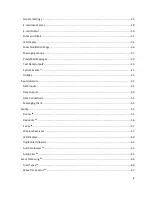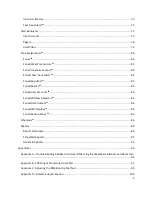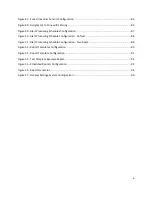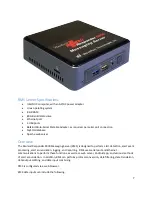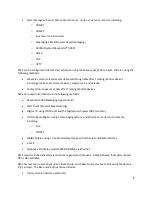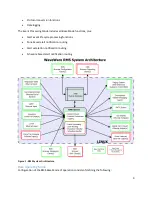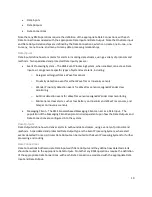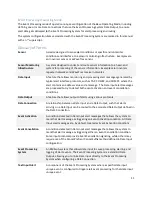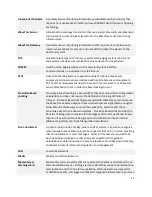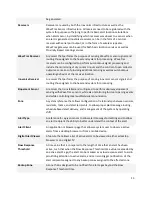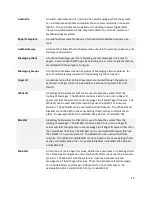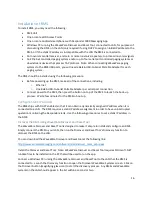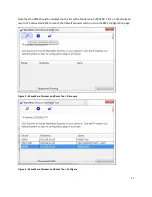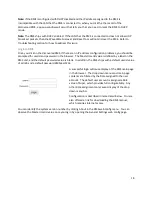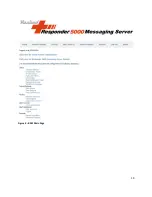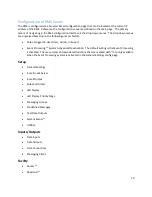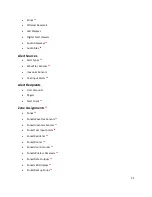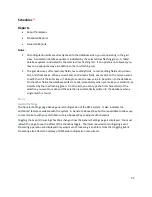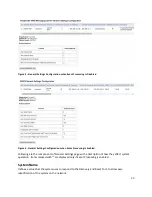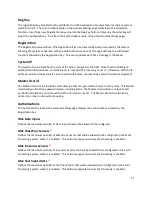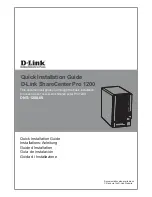
13
be generated.
Receivers
Receivers are used by both the Inovonics infrastructure as well as the
WaveTrac Sensor infrastructure. All receivers need to be registered with the
system for purposes of helping to perform basic alert location calculations
when alerts occur, by identifying which receiver was closest to a sensor when
an alert is generated. Inovonics receivers can be in the form of a central
receiver with serial port output, or in the form of a wireless repeater.
WaveTrac gateways can be used for both basic location services as well as
Proximity Based Locating services.
WaveTrac Receiver
A receiver that performs the purpose of sensing WaveTrac sensor signals and
routing those signals to the head-end system for processing. WaveTrac
receivers can be configured to perform autonomous signal processing and
include the monitoring of dry contact inputs and the control of open collector
outputs as a means of providing additional sensing as well as autonomous
operating behavior at the receiver location.
Inovonics Receiver
A receiver that performs the purpose of sensing Inovonics sensor signals and
routing those signals to the head-end system for processing.
Elopement Sensor
A receiver that is installed and configured to perform doorway elopement
sensing with WaveTrac sensors, while also monitoring for door opening events
and while controlling local audible/visual annunciation
Zone
A system reference that allows configuration of relationships between sensors,
residents, rooms, and alert recipients, to allow proper alert message routing,
schedule based alert delivery, and management of the system by operating
shift
Alert Type
A reference for a given sensor to allow alert message formatting and to allow
an alert recipient the ability to better understand the context of the alert
Alert Client
An application or browser page that allows a system user to observe active
alerts from a desktop browser or from a mobile device.
Digital Alert Viewer
A feature that allows a list of active alerts to be viewed in either a desktop
browser or on a digital TV
Slow Response
Threshold
A time value that is compared to the length of time that an alert has been
active, such that when the Slow Response Threshold time value is exceeded by
an active alert’s age, the alert can be marked as a slow response alert to aid in
prioritizing attention to active alerts, and can also trigger notification of the
alert recipients assigned to any backup zones assigned to the affected zone
Backup Zone
A zone that is designed to be notified if an alert ages beyond the Slow
Response Threshold time


